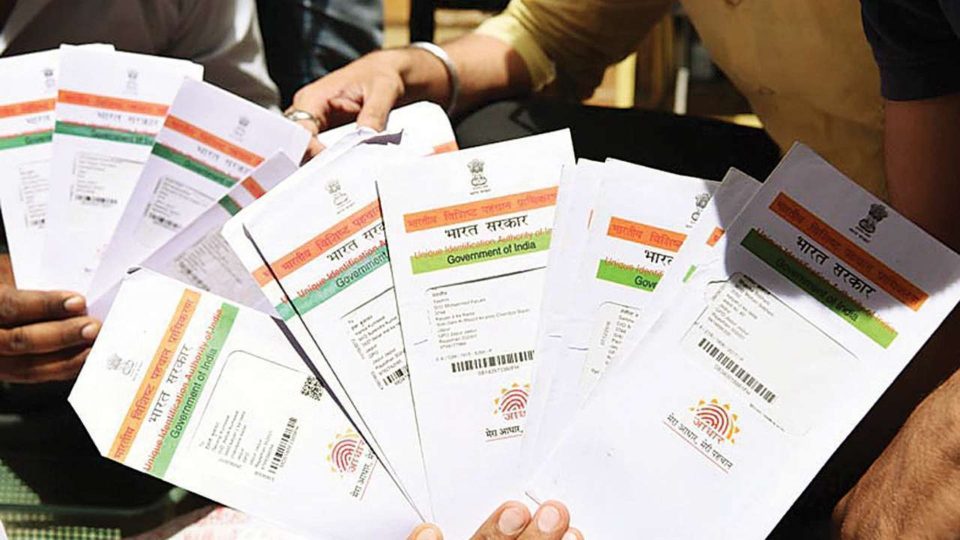The Reserve Bank of India (RBI) has published a circular on the reset of floating interest rates for Equated Monthly Instalments (EMI) based personal loans in an effort to increase transparency and protect borrowers’ interests.
All regulated institutions, including scheduled commercial banks (SCBs), non-banking financial companies (NBFCs), and housing finance companies (HFCs), are subject to these requirements. They must rigorously apply the standards by December 31, 2023, and must notify all existing consumers about the guidelines and the choices available to them.
What Is A Personal Loan With A Floating Interest Rate And An EMI?
The monthly payments paid by borrowers for loans with a variable interest rate are referred to as floating interest EMIs (Equated Monthly Installments). The interest rate on a loan with floating interest rates is not fixed and can fluctuate on a regular basis based on certain predefined parameters, such as changes in an external benchmark rate.
Important Guidelines You Should Keep In Mind
1. Communication Impact: REs (Regulated Entities) is expected to tell borrowers about the potential implications of changes in benchmark interest rates on the loan’s EMI and/or tenor when granting EMI-based variable rate personal loans. Any subsequent rise in EMI or tenor owing to changes in benchmark rates should be disclosed to borrowers as soon as possible.
2. Switch To Fixed Rate: Borrowers should be offered the choice, as per the REs’ board-approved policy, to convert to a fixed interest rate. The policy should state how many times a borrower can swap during the term of the loan.
3. Borrowers’ Choices: Borrowers should be able to choose between EMI upgrades, tenor expansion, or a mix of the two. They should also be allowed to prepay in part or in full throughout the loan’s term, subject to the appropriate charges outlined in the existing instructions.
4. Transparent Charges: All fees associated with converting from floating to fixed rates, as well as additional service/administrative expenses associated with these alternatives, shall be clearly acknowledged in the sanction letter and throughout revisions.
5. Quarterly Statements: Borrowers should get quarterly documents outlining the principle and interest recovered, the EMI amount, the remaining EMIs, and the annualized rate of interest for the whole term of the loan.
6. Negative Amortization Check: REs must be certain that extending the term of a variable rate loan does not result in negative amortization.




